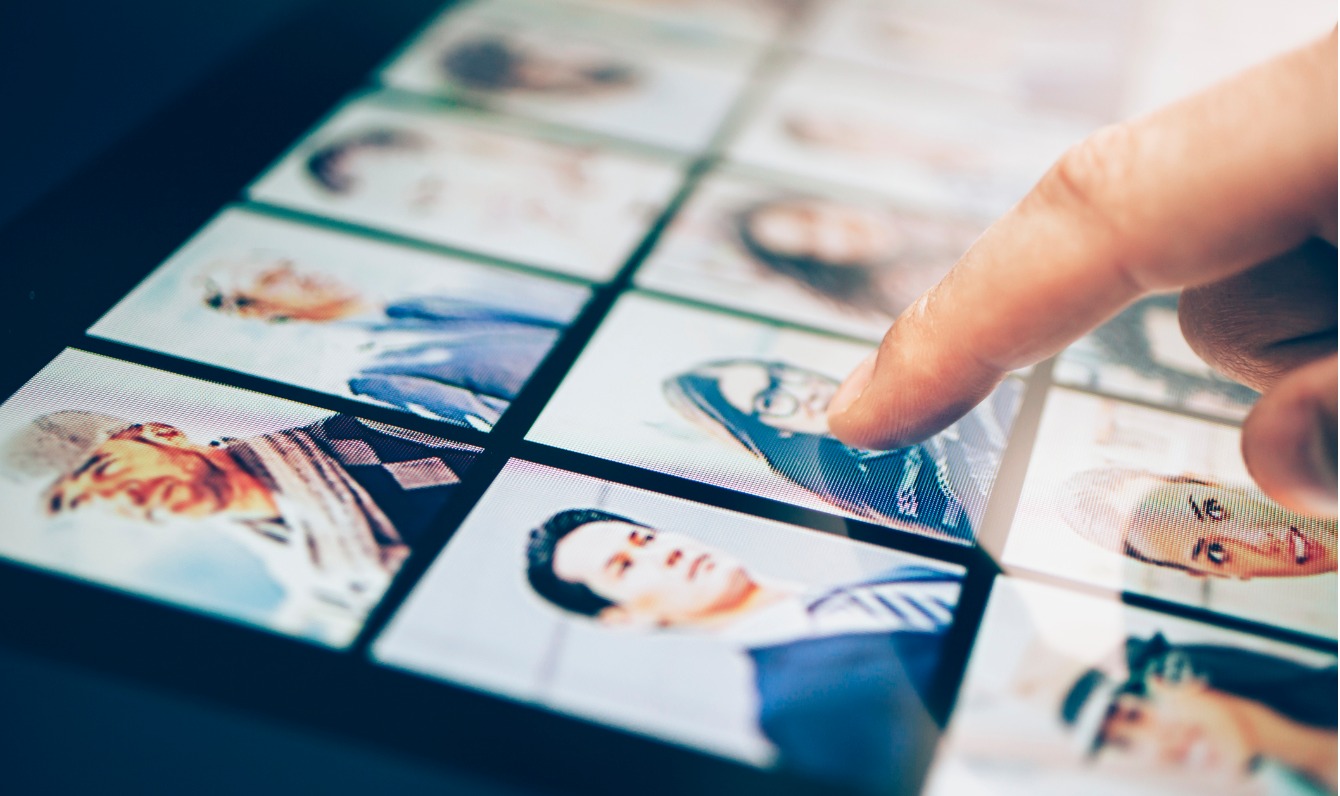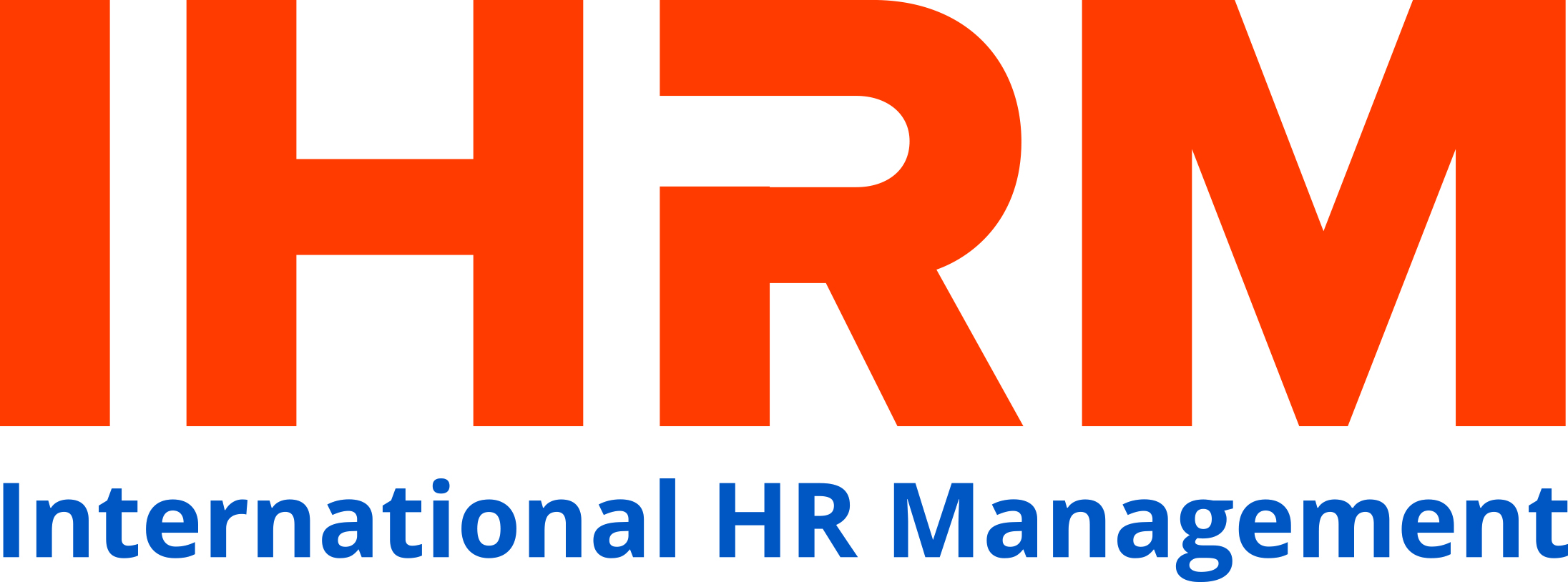WHAT TO LOOK OUT FOR IN HR TECHNOLOGY THIS YEAR
HR technology has gone beyond basic process automation and is now facing a torrent of innovations that aim to vastly improve the employee experience.
Overburdened employees want easy-to-use HR tools that can be integrated into their daily lives through their mobile apps, emails, and text messages.
As companies adopt these new workforce tools, HR systems must merge with them to create a seamless user experience for employees, says HR industry analyst Josh Bersin. This is when HR will be able to achieve a “true system of productivity”, he says.
For this to happen, Bersin recommends that HR works with the IT department to analyse the existing workforce technology infrastructure, and jointly create a roadmap for the future.
Three of the biggest innovations that should be on HR’s radar in the new year, are: rapidly-developing artificial intelligence-based systems, natural language processing, and outbound hiring techniques.

Artificial intelligence
HR technology embedded with artificial intelligence (AI) is expected to greatly enhance the employee experience in 2019.“We will start to see organisations making more concerted efforts to engage with their employees and to empower them with technology so that they can excel at their job function,” shares Neville Burdan, Director, Workplace Productivity, Dimension Data.
“AI and Machine Learning will play a significant role as organisations tap on behavioural analytics to understand employee performance, and deliver everything they need for optimal job performance and learning,”
According to Burdan, AI will change “everything” in terms of how employees interact and collaborate across their organisations on corporate platforms and even how they service customers now that learning pathways and services are personalised to the individual.
How can HR prepare itself to reap the maximum benefit from this AI-driven technology? Firstly, HR practitioners need to ensure that talent technology keeps people at the centre of the workplace, says Shakun Khanna, Senior Director of HCM Applications with Oracle in Asia-Pacific.
“Even as AI-led HR tools kick in, the role of the individual remains paramount because they are the ones who determine the productivity and ultimate value of these deployments. HR needs to keep this at the top of its priorities, by utilising technology to creatively deliver the employee experience, employee learning, and other interventions,” Khanna says.
Secondly, organisations need to leverage smart analytics, driven by AI, to make better insight-driven decisions. “One of the biggest challenges organisations face today is the constantly changing expectations of employees and candidates, resulting in higher recruitment costs and employee turnover,” Khanna says.
Natural language processing
An offshoot of artificial intelligence, natural language processing allows commonly used speech and text to be understood by software.As the technology matures, its prevalence is expected to become more widespread in different areas of HR. For example, in recruitment, chatbots are now being used to recognise and answer frequently asked questions from candidates, and also gather feedback about the application process.
Consumer goods giant Unilever has revealed that it is using chatbot technology in both HR and its rewards and benefits function.
Called Una, the chatbot serves as a “digital colleague” that employees can address their HR queries to without going through a separate system. When fully ready, Una will reach out to Unilever employees in 106 countries and be able to converse in 32 languages, the UK’s Employee Benefits website has revealed.
|
Training Program
 Internationalize the human resource management capabilities of HR professionals in Vietnam Opening Date: Jun 21, 2019 in HCMC
Opening Date: September 26, 2019 in Hanoi
|








